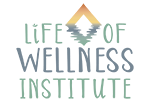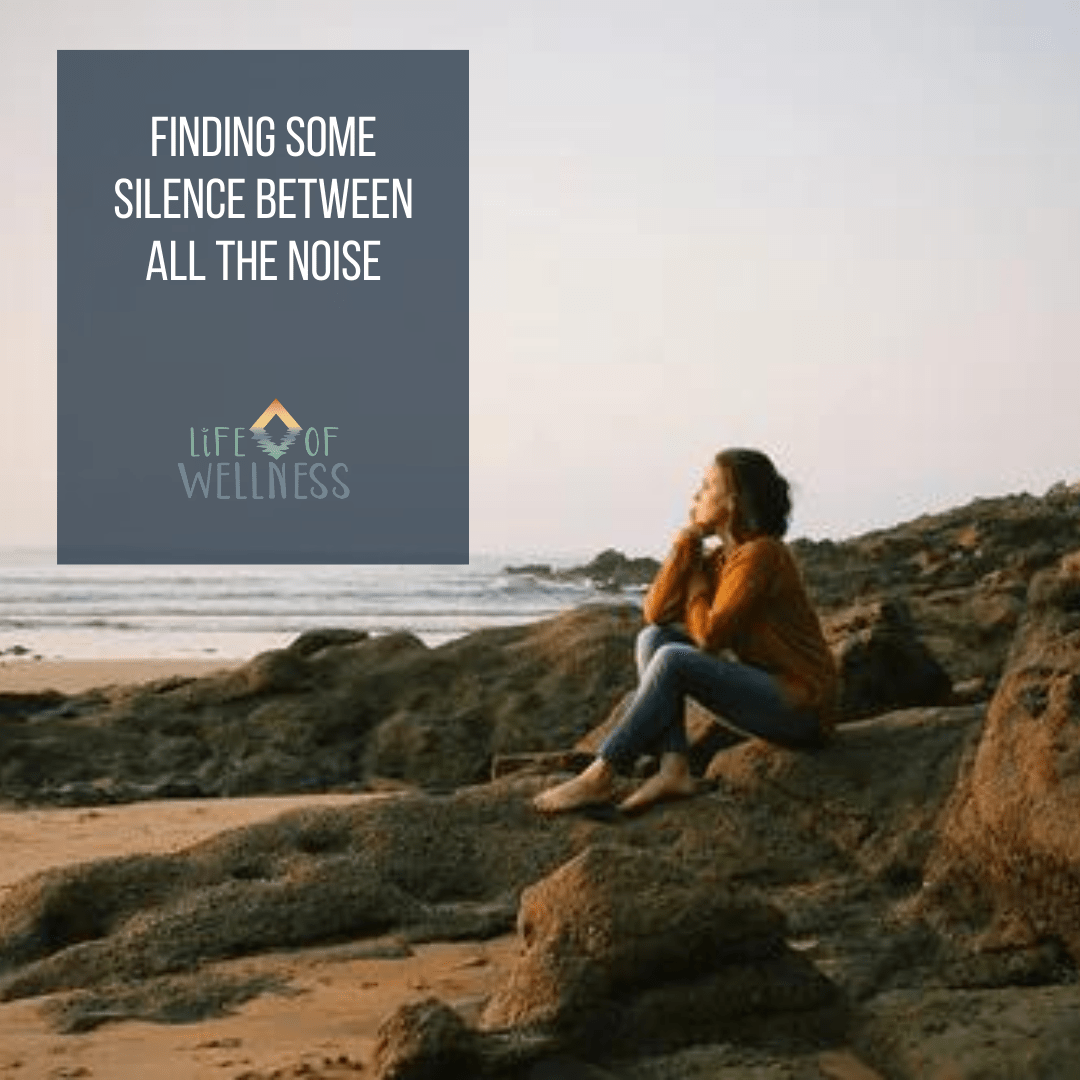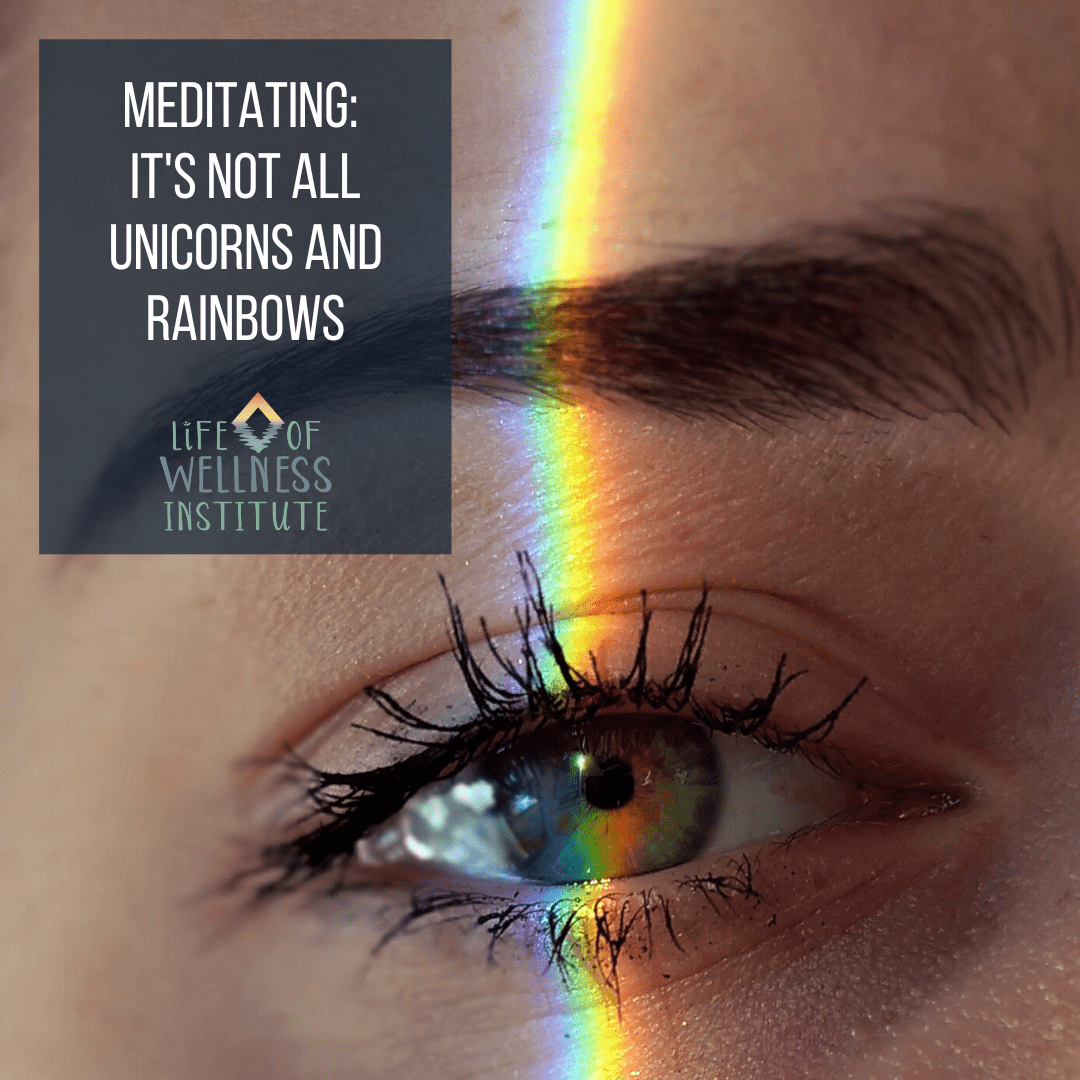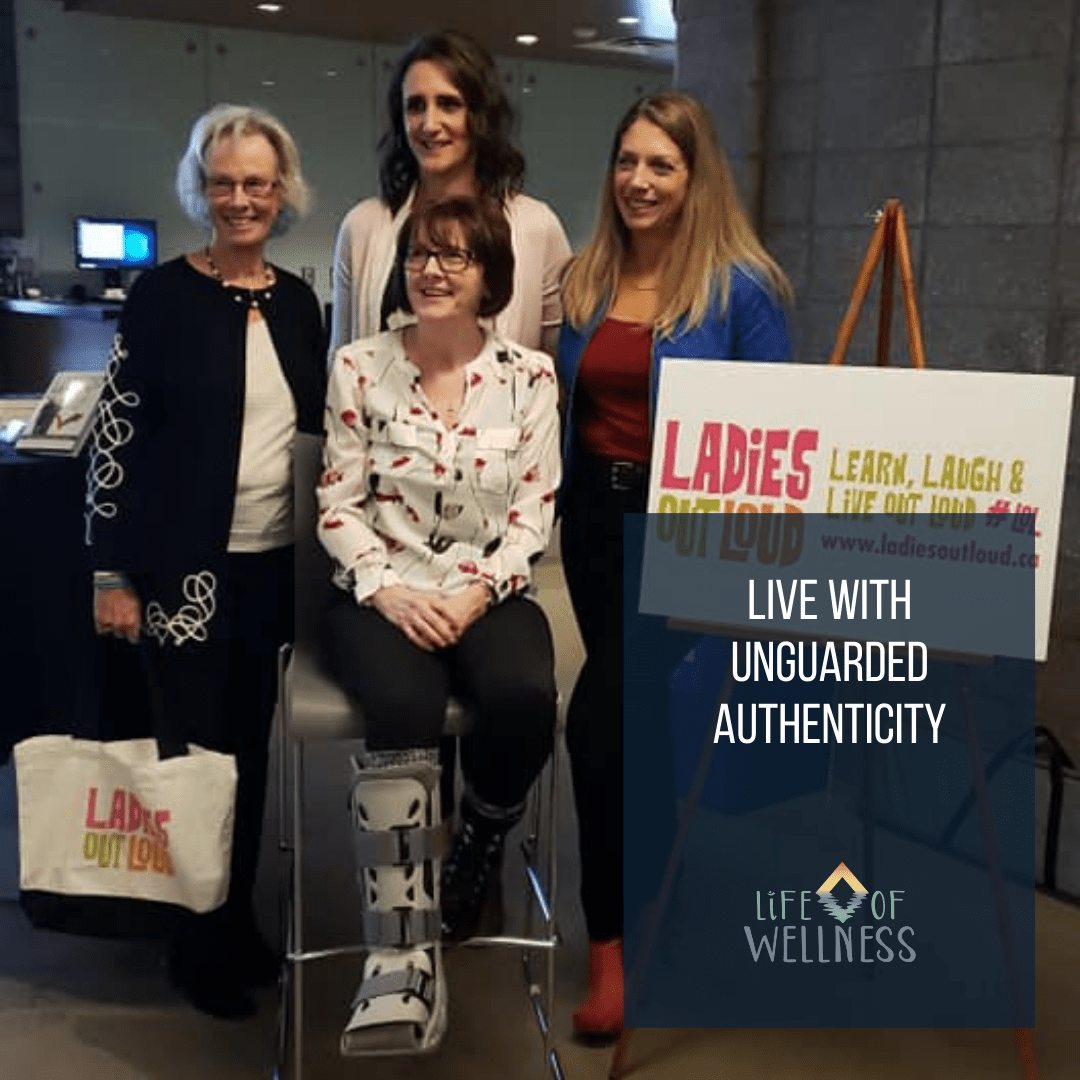We all need community in our lives. Strong communities are critical because they’re often an essential source of social connection and a sense of belonging. In addition, participating in a community bonded by attitudes, values, and goals is a necessary ingredient to enjoying a fulfilling life. Read more about why we need a community to thrive.
While there are many essential and positive impacts of community, we must also be responsible that sometimes we are negatively impacted. The good news is that we can learn to care for ourselves in these moments and create healthy boundaries to protect ourselves.
The impact
We’ve all had experiences shaping our fears, perspectives, values, and beliefs. Unfortunately, they are often so ingrained that we may not recognize their pattern when they show up. For me, I will focus on what others need without a thought to the personal impact. This reality continues to show up for me, and I learn a little more each time.
In this situation, I had many excuses for not protecting myself. “It would be rude to interrupt,” “saying something about my experience would appear to be making it about myself.” What inevitably occurs is it takes me a while to recover. I could not sleep. I relived my trauma with tears in my eyes and pain in my abdomen.
How do we protect ourselves from others and learn to self-regulate?
Six Ways to Protect Yourself
1. Does this emotion belong to me?
Here we can recognize the attachment we have added and either detach from the ownership or accept it. Such as; this isn’t my emotion, and I can empathize with this person without attaching it to my own experience. Maybe the feeling is mine; this knowledge allows me to be self-compassionate. I can share that I’m not able to support them now, or I can take action to regulate as I do. In my last post about “Managing the pain of grief and stress,” I discussed some helpful tips.
2. Do I need space?
A friendly reminder that I am in control of how close I want to be.
3. How am I breathing?
Such a powerful question! Our breathing can tell us a lot about our state. When the breath is fast-paced or short and shallow, it indicates a sympathetic nervous system state, like fight or flight. When my breath is relaxed and steady, this means a parasympathetic state, where I feel calm and safe, like resting and digesting. I listen to my breathing and how my body responds, rather than the thoughts or emotions I’m experiencing.
4. What do I feel in my body?
We often have similar patterns of where we feel emotions in our bodies. By taking a moment to listen, we can recognize the signs earlier.
5. What would make me feel safe or calm at this moment?
This question allows me to visualize what I need. By connecting with a visual, I move into a creative state while also allowing self-awareness to kick in. It may be a hug, a walk in the park, or some self-care. It can also be helpful to visualize a white light or a bubble surrounding us as a representation of a shield of protection that can block negativity or physical discomfort.
6. “My mental health matters!”
Gandhi said, “I will not let anyone walk through my mind with their dirty feet.” I love this reminder that our mental health matters and my responsibility to protect it.
Continue reading Life of Wellness Blog
Disclaimer:
No content on this site, regardless of date, should ever be used as a substitute for direct medical advice from your doctor or other qualified clinicians.



